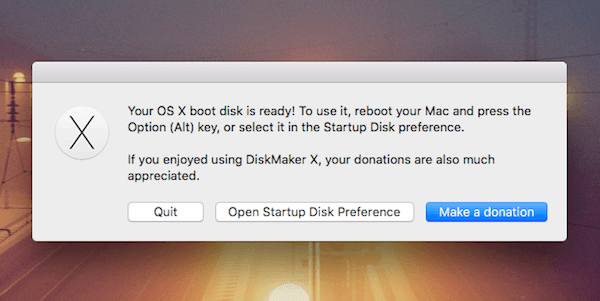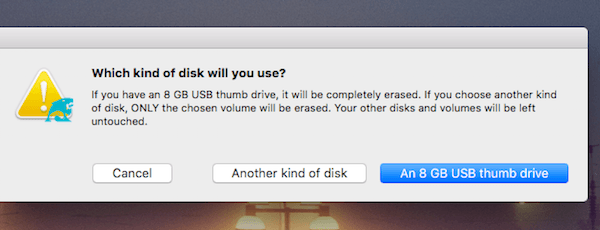


with the drive selected in Disk Utility:.run DiskMaker X (version 6 for Yosemite through Sierra each subsequent release has its own dedicated app) to load the installer to the largest “Untitled” partition, remembering to select “Another kind of disk” so as not to wipe the entire drive.Then for each OS X/macOS version, I would: I started by opening Disk Utility, selecting View > Show All Devices, selecting the inserted drive, and erasing it as “Mac OS Extended (Journaled)” using “GUID Partition Map”. It’s possible to minimize the unused space on the drive by shrinking each partition after its installer has been loaded.

The most recent three are downloaded via the App Store the rest are actually disk images containing installers that you run manually. installers for Yosemite through to the latest macOS in your Applications folder.This uses Apple’s createinstallmedia command under the hood. several releases of DiskMaker X, a program I’ve used from the beginning (and even contributed to).Although I’ve fought with the new Disk Utility before, I used it for this as it’s what most everyone else is likely to use as well. Disk Utility on a clean macOS High Sierra installation.An SSD with more capacity and/or a USB-C plug would be ideal, but this works for me right now.
#Diskmaker x os x 10.7 mac#
I’ll probably dedicate an older hard drive to those later for my vintage Mac futzing. I’ve left the installers for 10.7, 10.8, and 10.9 off of this second iteration as re-signed versions of those weren’t posted, and because I like round numbers. (They would still boot, but the installer would claim it was damaged and refuse to proceed unless the system’s clock was backdated beforehand… and even then it wouldn’t always work for me.) But as Apple has since deigned to re-sign and post installers for Yosemite and later, I figured it was time to rebuild my universal installation drive from scratch, and record the process. Mine was originally stocked with installers for Lion through Catalina, and it worked well.īut then came the Great Certificate Expiration of 2019 which caused them all to simply stop working after October 24. In my line of work, I’ve found it useful to have a USB drive with installers for each version of macOS on separate partitions.


 0 kommentar(er)
0 kommentar(er)
